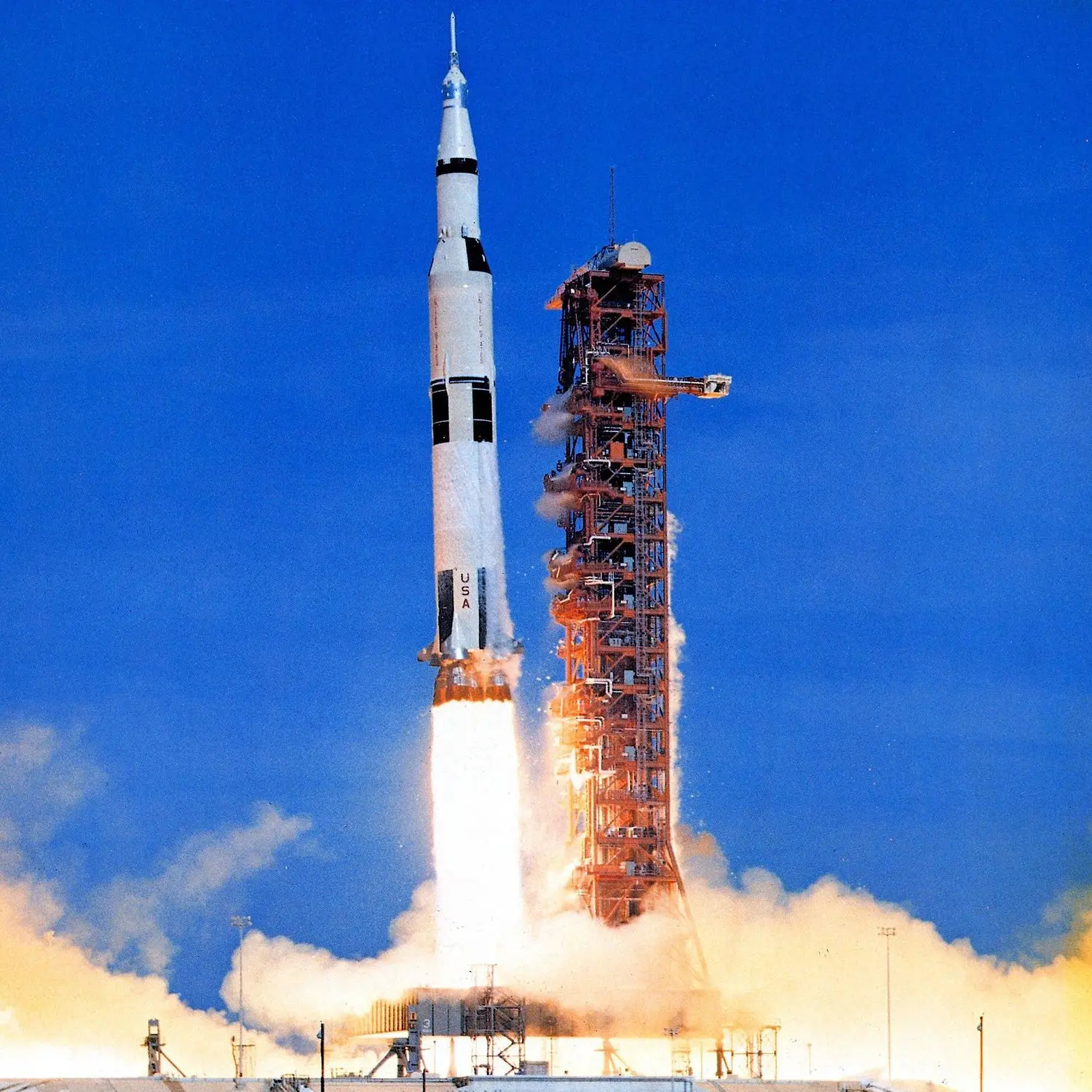/
Apollo 6
Launch Partial Failure
Liftoff Time (GMT)
12:00:01
Thursday April 4, 1968
Watch Replay
Official Livestream
Mission Details
Launch Notes
A phenomenon known as pogo oscillation damaged some of the Rocketdyne J-2 engines in the second and third stages by rupturing internal fuel lines, causing two second-stage engines to shut down early. The vehicle's onboard guidance system was able to compensate by burning the second and third stages longer, though the resulting parking orbit was more elliptical than planned. The damaged third stage engine also failed to restart for trans-lunar injection.
Apollo 6
Apollo 6 was an unmanned test of the Saturn V launch vehicle. The mission intended to send a Command and Service Module (CSM) plus a Lunar Module Test Article (LTA), a simulated Lunar Module (LM) with mounted structural vibration sensors, into a translunar trajectory. However, the Moon would not be in position for a translunar flight, and the Service Module engine would be fired about five minutes later to slow the craft, dropping its apogee to 11,989 nautical miles (22,204 km) and causing the CSM to return to Earth, simulating a "direct-return" abort. On the return leg, the engine would fire once more to accelerate the craft to simulate the nominal lunar return trajectory with a re-entry angle of -6.5 degrees and velocity of 36,500 feet per second (11,100 m/s). The entire mission would last about 10 hours.
Trans Lunar Injection
1 Payload
25,140 kilograms
Launch Site
Stats
Saturn V
2nd
Mission
1st
Mission of 1968
1968
27th
Orbital launch attempt

